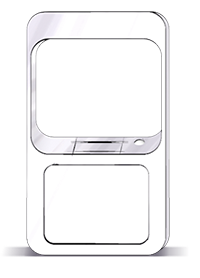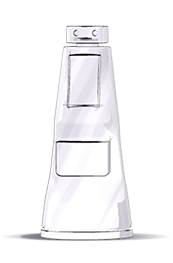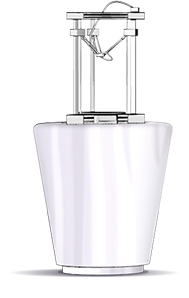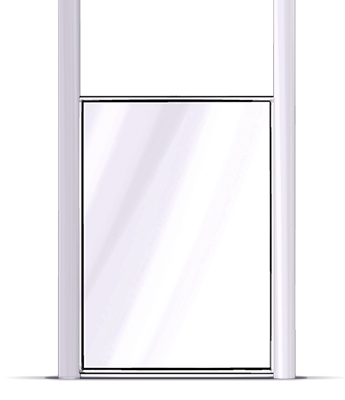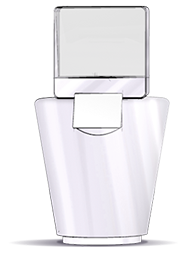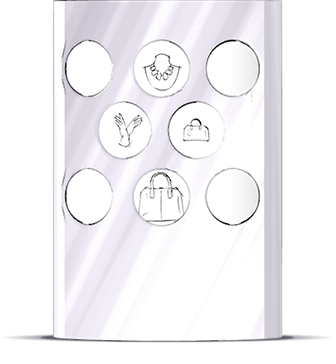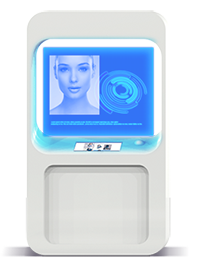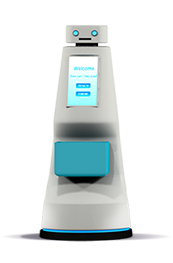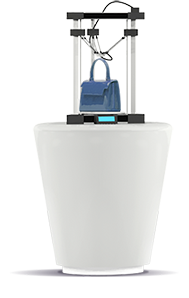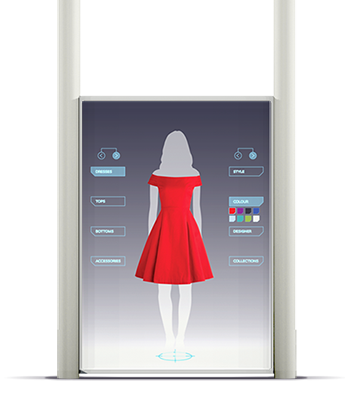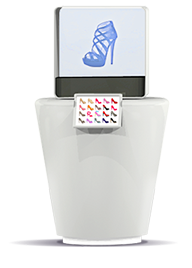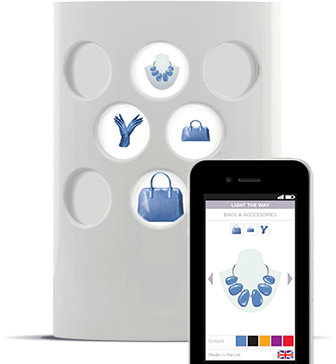



VIRTUAL GREETERS
Some stores are working on developing virtual greeters. Eventually these will take the form of 3D holographic projections that stand at the front of stores, welcoming guests and telling them about the store’s best deals.
ROBOTS
Store robots are already in use in warehouses and stock rooms but soon we’ll have voice activated robotic shopping assistants that follow customers around the store, acting as a shopping basket, offering discounts and even offering suggestions on matching or complementary items available elsewhere in the store.
IN-STORE 3D PRINTING
Soon it will be the norm for shoppers to print their own customized designs, with retailers creating and marketing blueprints. Supermarket chain ASDA has already begun 3D printing in store, but in future it could be common place to have these machines in one’s home. These will be particularly popular for creating bespoke accessories.
AUGMENTED REALITY MIRRORS
Shoppers will use mirrors to try on virtual clothes, freeing them from waiting in line to try on real garments. Body sensors will read the customer’s shape and project virtual clothes on to their body. The mirror will also work as a touch screen, allowing the digital clothing to be customized.
VIRTUAL PRODUCTS & CUSTOMER-DESIGNER INTERFACES
These will allow consumers to interact directly with creators to take great concepts and tailor their purchases via a 3D screen, rotating the object virtually with astonishing detail. Virtual ‘touch’ technologies are even being developed, allowing customers to “feel” virtual products.
BEACONS THAT LIGHT THE WAY
Beacons are wireless devices transmitting a signal for a short distance to a customer’s phone. Currently these are used to promote in-store discounts, but in future beacons might orchestrate interactions between shoppers and store displays. For example, technologies are being developed that could allow lighting systems linked up to beacons to detect shoppers’ movements, illuminating relevant products, creating a more intimate experience for the shopper whilst saving energy.

